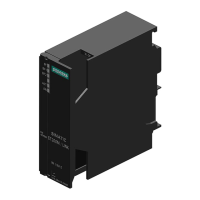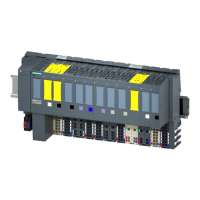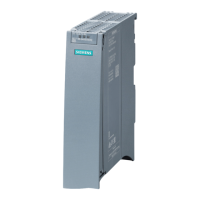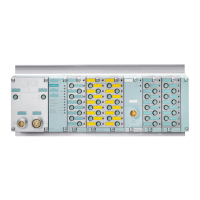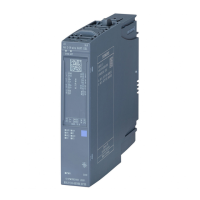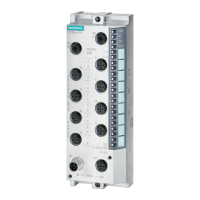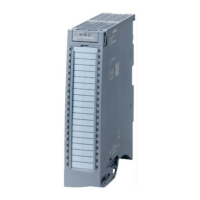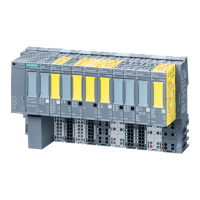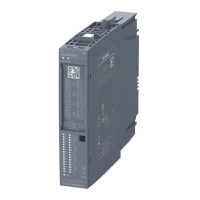High-precision input/output with Time-based IO
Function Manual, 08/2014, A5E33454822-AB
13
Many processes in a plant require a relatively precise reproducibility as far as time is
concerned. The reproducibility can be optimized to a limited extent by shorter CPU cycle
times. The use of high-precision input/output with Time-based IO provides a more accurate
reproducibility than the one that can be achieved by optimizing the CPU cycle time. An
additional advantage of Time-based IO is the independence from the minimum time scale of
the application cycle.
Below is a selection of typical areas of application that can benefit from this technology.
An output signal that responds with a precise delay time that is independent of the
application cycle can be output by adding a specified time to the time stamp of an edge at
the digital input.
The length of a product passing by can be determined by the difference between two input
time stamps and an associated travel speed.
The ongoing movement can be extrapolated from a synchronous position information (for
example, from a counter module or an axis). Based on this result, the time of a switching
position (cam position) is calculated and transferred to the TIO module (output). This way the
switch event takes place at the required position.
By specifying a switch-on and a switch-off edge to a time-controlled digital output, a valve
can be opened for a specific time and the amount of liquid can be dosed accordingly.
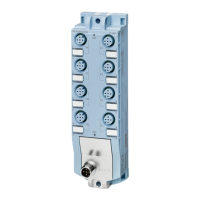
